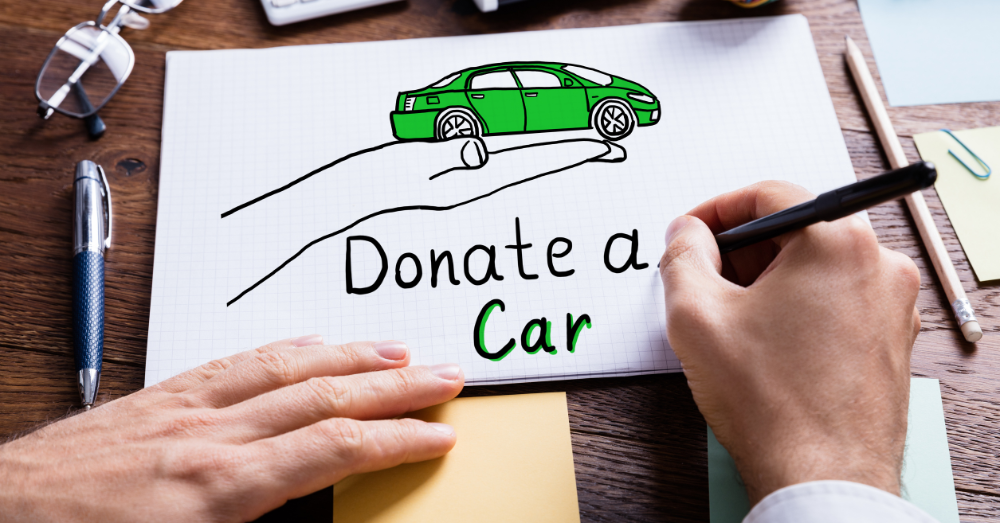Most drivers know when it’s time to part ways with a car. The repairs start costing more than it’s worth, the engine groans at every stoplight, or maybe it’s just been sitting too long without use. Once you hand over the keys, whether to a scrapyard or through a car donation program, what actually happens to your old car?
It doesn’t just disappear. In fact, the journey it takes after your farewell might surprise you.
Step One: Fluids First
Before anything gets dismantled, auto recyclers tackle hazardous materials. Oil, transmission fluid, coolant, brake fluid, and even windshield wiper fluid are drained and properly disposed of or reused. Some fluids, like motor oil or antifreeze, can be filtered and reconditioned for a second use. Others, such as refrigerants, must be handled under strict environmental regulations to prevent pollution.
Tires and batteries are also removed early in the process. While tires might be sold for reuse or ground into material for playground surfaces and asphalt, batteries are typically recycled for their lead and plastic.
Step Two: Valuable Parts Find New Life
Just because a car won’t run doesn’t mean all its parts are done. Engines, transmissions, alternators, starters, mirrors, radiators, and even seats can often be removed and resold. Salvage yards inventory these components, sometimes listing them online for mechanics and car owners looking for budget-friendly replacements.
Reusing parts delays the need to manufacture new ones, which reduces both energy consumption and emissions tied to production.
For a car donation to a charity, this process can stretch even further. If the vehicle is in usable condition, it might be repaired and resold to support a nonprofit’s mission. In other cases, a car donation still results in recycling, but the value of its parts directly funds community services, housing programs, or disaster relief.
Step Three: Shred and Sort
After reusable components are stripped, what’s left is the vehicle’s frame. It may not look like much, but this steel skeleton still holds value.
The shell is flattened and sent to a shredder, a massive industrial machine that chews through metal, plastic, and rubber in seconds. The resulting materials are then sorted, often using magnets, air separators, and eddy currents to divide steel, aluminum, copper, and other metals from less recyclable materials.
On average, about 75% of a junked vehicle is recycled. The steel alone often ends up in construction projects, consumer goods, or even the frames of new cars.
More Than Just Scrap
Recycling a car is a complex, efficient system that keeps millions of tons of material out of landfills every year. Whether you sell it to a junkyard or opt for a car donation that supports a cause, your old ride still has value, even if it’s no longer road-ready.
In the end, what seems like the end of the road for your car is really just the start of something new. From helping other drivers find affordable parts to becoming part of tomorrow’s infrastructure, that clunker still has a job to do.




